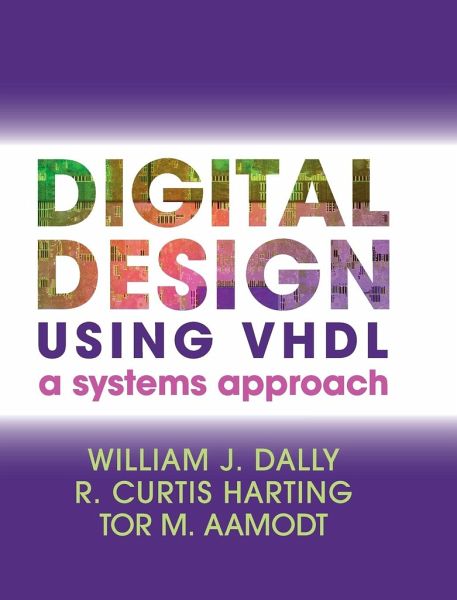
Digital Design Using VHDL
Versandkostenfrei!
Versandfertig in 1-2 Wochen
84,99 €
inkl. MwSt.
Weitere Ausgaben:

PAYBACK Punkte
42 °P sammeln!
This introductory textbook provides students with a system-level perspective and the tools they need to understand, analyze and design digital systems. Going beyond the design of simple combinational and sequential modules, it shows how such modules are used to build complete systems, reflecting real-world digital design. All the essential topics are covered, including design and analysis of combinational and sequential modules, as well as system timing and synchronization. It also teaches how to write VHDL-2008 HDL in a productive and maintainable style that enables CAD tools to do much of th...
This introductory textbook provides students with a system-level perspective and the tools they need to understand, analyze and design digital systems. Going beyond the design of simple combinational and sequential modules, it shows how such modules are used to build complete systems, reflecting real-world digital design. All the essential topics are covered, including design and analysis of combinational and sequential modules, as well as system timing and synchronization. It also teaches how to write VHDL-2008 HDL in a productive and maintainable style that enables CAD tools to do much of the tedious work. A complete introduction to digital design is given through clear explanations, extensive examples and online VHDL files. The teaching package is completed with lecture slides, labs and a solutions manual for instructors. Assuming no previous digital knowledge, this textbook is ideal for undergraduate digital design courses that will prepare students for modern digital practice




